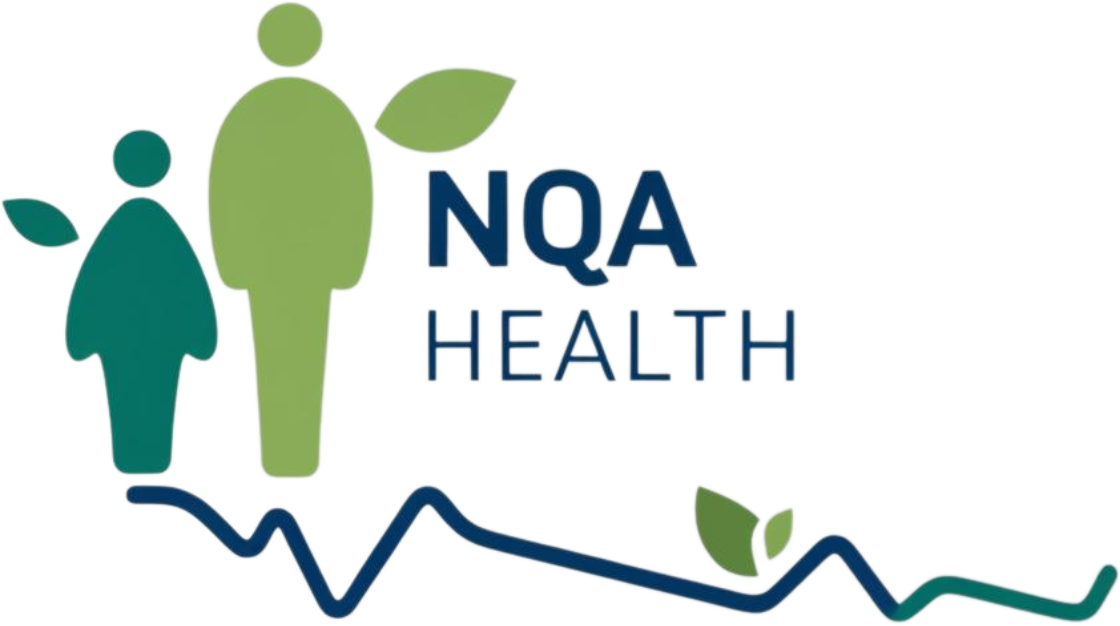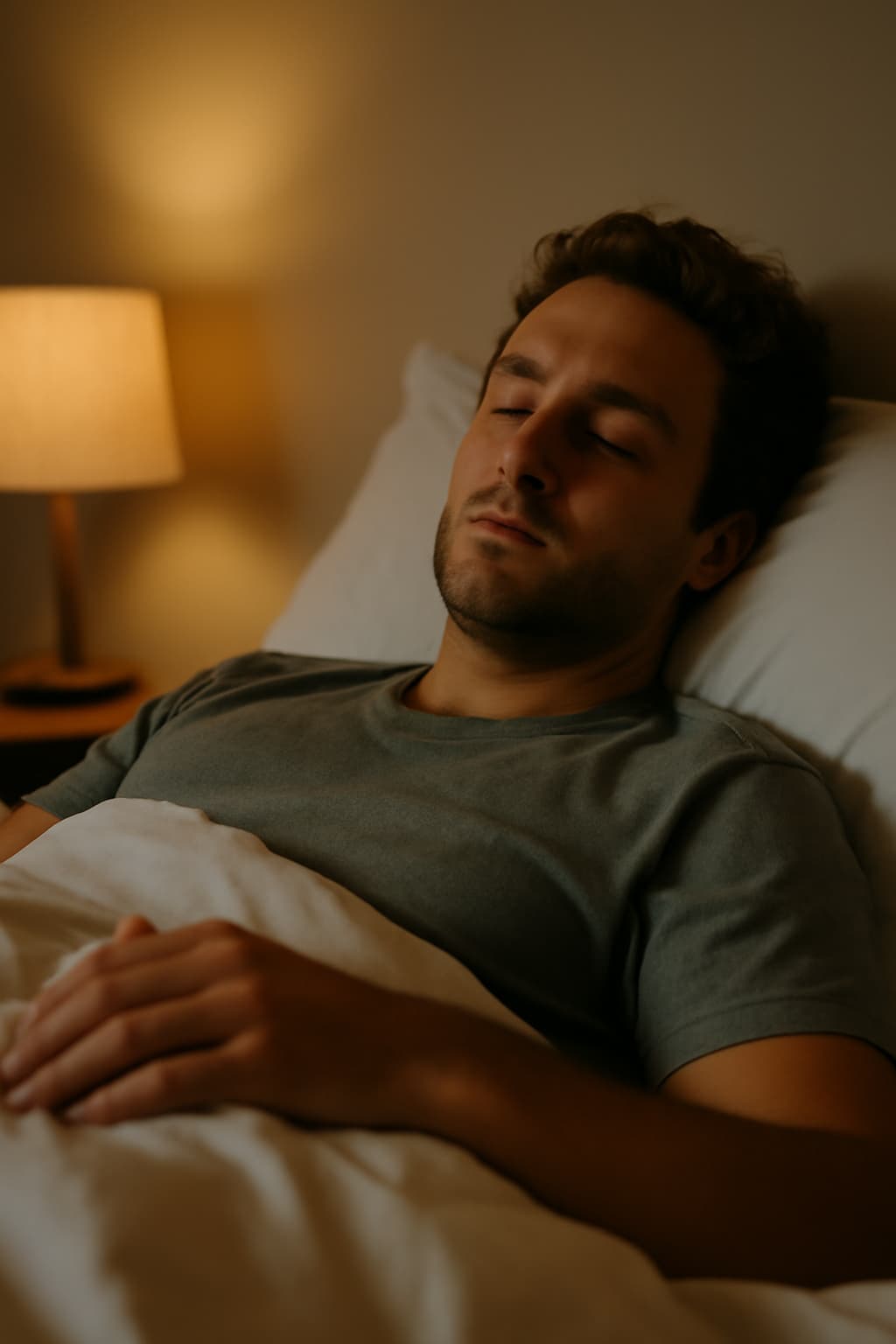Introduction: Relax Your Way to Better Sleep
If you’ve ever tossed and turned at night, you know how exhausting it can be when sleep feels out of reach. It’s not just about lying down and closing your eyes — stress, anxiety, and physical tension can prevent your body from fully relaxing, keeping you awake longer than you’d like. That’s where Progressive Muscle Relaxation (PMR) comes in.
PMR is a powerful technique that helps reduce tension in your muscles and quiet your mind, making it easier to fall asleep and stay asleep. This simple, step-by-step method involves tensing and then relaxing different muscle groups in your body, which can promote deep relaxation and better sleep quality.
In this post, we’ll walk you through how to practice PMR and explain why it’s so effective in helping you unwind before bed. With a few minutes of practice, you can start feeling the benefits right away, and your nights of restless sleep can become a thing of the past.
What is Progressive Muscle Relaxation (PMR)?
Progressive Muscle Relaxation (PMR) is a relaxation technique that involves intentionally tensing and then relaxing different muscle groups throughout your body. It was developed by Dr. Edmund Jacobson in the early 20th century as a way to reduce anxiety and physical tension. When practiced regularly, PMR can help alleviate stress, reduce muscle pain, and improve your ability to sleep soundly.
The process works by breaking the cycle of stress and tension. When we’re stressed, our muscles tend to contract and tighten without us even realizing it. PMR helps to actively release that tension, creating a sense of calm and promoting a deeper, more restful sleep.
How PMR Helps Improve Sleep
There are several ways in which Progressive Muscle Relaxation can help improve your sleep quality:
- Reduces physical tension: PMR helps release the tightness that builds up in your body throughout the day, making it easier to relax when it’s time to sleep.
- Calms the nervous system: Tensing and relaxing your muscles triggers a relaxation response in your nervous system, helping you feel less anxious and more at ease.
- Improves sleep onset: By actively engaging in the relaxation process, you can quiet your mind, reduce racing thoughts, and make it easier to drift off to sleep.
- Increases overall sleep quality: A relaxed body and mind make it easier to stay asleep through the night, leading to a deeper, more restorative sleep.
How to Practice Progressive Muscle Relaxation for Sleep
Now that you understand how PMR can help, let’s walk through the steps to practice it before bed. PMR can be done in bed, but you can also do it sitting or lying down in a comfortable place. The key is to focus on your breathing and allow each muscle group to fully relax.
Step-by-Step Guide to PMR for Sleep:
- Find a comfortable position: Sit or lie down in a quiet space. Close your eyes and take a few deep breaths to center yourself.
- Focus on your feet: Begin with your toes. Tense the muscles in your feet by curling your toes tightly for 5-10 seconds. Notice the tension. Then, release the tension and relax the muscles, paying attention to how your feet feel as they relax. Spend a few moments focusing on the sensation of relaxation.
- Move up your body: Slowly move upward through the body, focusing on each muscle group. Work your way through your calves, thighs, abdomen, chest, arms, hands, neck, and face. For each muscle group, tense the muscles for 5-10 seconds, then release and relax for a few moments.
- Focus on your breathing: As you release the tension from each muscle group, focus on your breath. Take deep, slow breaths to help enhance the relaxation process.
- Finish with full-body relaxation: Once you’ve relaxed your entire body, take a few deep breaths, letting your entire body feel heavy and calm. Focus on how your body feels, completely relaxed and free of tension.
Tips for Maximizing the Benefits of PMR
To get the most out of PMR and improve your sleep, try the following tips:
- Make it a nightly routine: The more consistently you practice PMR, the easier it will be to relax and fall asleep quickly. Make it part of your nightly routine for the best results.
- Combine with deep breathing: Pair PMR with deep breathing exercises to enhance the calming effect. Slow, deep breaths can help activate the body’s relaxation response.
- Practice mindfulness: Pay attention to the sensations in your body as you move through each muscle group. This mindfulness can enhance the relaxation and stress-relief benefits.
- Be patient: PMR may take time to show significant results. Stick with it, and don’t rush the process. With regular practice, you’ll notice improvements in your sleep quality.
Mini FAQ: Progressive Muscle Relaxation for Better Sleep
Q1: How long does it take to feel the benefits of PMR?
A1: Many people notice a sense of relaxation after just one session. For more long-term benefits, try practicing PMR nightly as part of your sleep routine.
Q2: Can PMR be used for other types of stress, not just sleep?
A2: Yes! PMR is a great tool for managing overall stress and anxiety. It can help relax your muscles and calm your mind, making it useful anytime you feel tense or stressed.
Q3: Do I need to practice all the muscle groups in PMR?
A3: While it’s recommended to work through all the muscle groups for maximum relaxation, you can focus on specific areas where you feel tension. Customizing your practice is perfectly fine.
Q4: Can I do PMR during the day, or should it only be for bedtime?
A4: PMR can be practiced any time of day to reduce stress and relax your muscles. It’s particularly effective in the evening, though, to help you unwind before sleep.
Conclusion: Sleep Soundly with PMR
Progressive Muscle Relaxation is a simple, effective way to reduce stress, relax your body, and improve your sleep quality. By practicing PMR before bed, you can help your body and mind unwind, making it easier to fall asleep and stay asleep. It’s a powerful tool to add to your sleep routine and can make a real difference in how well you rest.
Try practicing PMR tonight and see how it works for you. With regular use, you may find that your sleep quality improves, and your nights of restless tossing and turning become a thing of the past.

